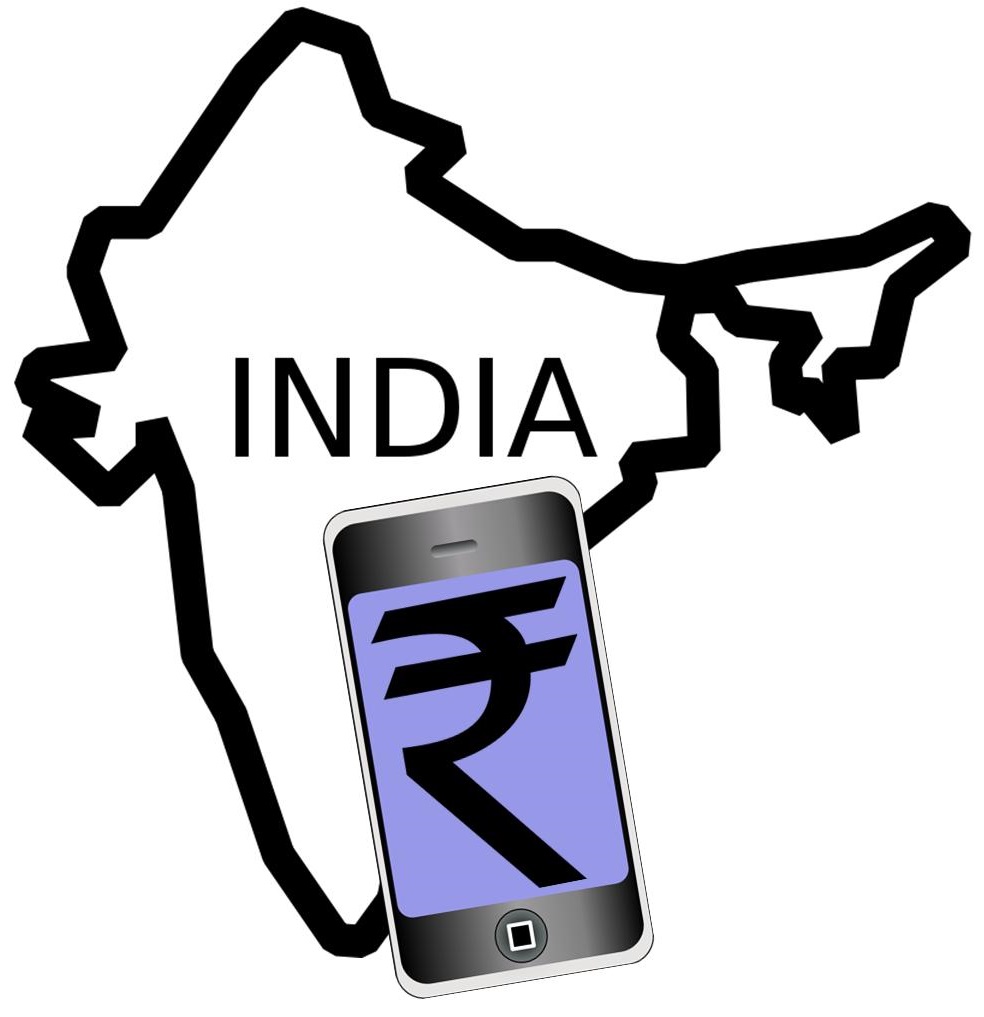BWild |
December 11, 2013
New report highlights trends in the mobile sector
Leading market research firm comScore has released a new report concerning the mobile sector. The report highlights trends within the mobile market and how these trends are affecting large companies, like Apple and Samsung. It also touches upon mobile commerce and the success that retailers are seeing in this sector. The mobile sector has been showing a great deal of activity over the past several years, but this activity has recently begun reaching new heights due to the popularity of mobile shopping and payments.
Android continues to lead with consumers
According to the report, Android remained the most popular mobile platform among consumers, but Apple was the top maker of mobile devices in the U.S. Android accounts for approximately 52% of the U.S. market, with iOS devices accounting for 40%. Blackberry and other platforms represent a significantly smaller market share, which may continue to diminish over time as Android and iOS devices become more advances and less expensive.
Retailers find success in mobile commerce
 The report shows that retailers have been seeing a great deal of success in their mobile commerce endeavors. Retailers that have their own dedicated shopping applications performed much better than those without such applications, according to the report. The reason behind this could be that these applications make it easier for consumers to shop from their mobile devices. The report shows that approximately one third of consumers in the U.S. are visiting retail sites from their mobile devices.
The report shows that retailers have been seeing a great deal of success in their mobile commerce endeavors. Retailers that have their own dedicated shopping applications performed much better than those without such applications, according to the report. The reason behind this could be that these applications make it easier for consumers to shop from their mobile devices. The report shows that approximately one third of consumers in the U.S. are visiting retail sites from their mobile devices.
Apple and other dominate mobile sales
Amazon, eBay, and Apple currently reign supreme when it comes to mobile sales. Notably, Apple generates a significant level of revenue through its App Store, which has proven lucrative for developers as well as Apple. According to comScore, retailers will have to become more conscious of the mobile sector as mobile commerce grows in popularity. Those that cannot provide consumers with an engaging mobile experience may lose out on a significant opportunity.
Denny |
December 11, 2013
The country has a very large domestic migrant worker population that are generally unbanked.
According to the latest analyses regarding the India mobile payments industry, the technology is experiencing a massive growth among some of the poorest people in the country, including the considerable domestic migrant worker group that are unbanked but that still need to be able to send the money that they earn back to their families in their villages.
It is estimated that, in total, this group sends about $12 billion in funds from their city jobs back to their villages.
Many of these workers travel thousands of miles away from their home villages in search of places where they will be given employment so that they can earn enough to send some back to their families. Using traditional means, this requires them to go to the bank, complete a form, and wait in line. This is a process that can take an hour or more. As bank hours are the same as most work hours, it causes them to lose an hour of pay or more. However, with the new India mobile payments opportunities, they can skip that step.
A growing number of poor citizens of the country are investigating the India mobile payments options.
 Among the most popular services in the country is a startup called MoneyOnMobile that allow funds to be sent from the worker’s cell phone to the one owned by his family back in his home village. The idea itself started in Kenya, six years ago, as M-Pesa – for a similar reason – and is now starting to take off in the form of new services in India and other nations. It is allowing poorer people in Kenya and other countries to be able to send money, pay medical bills, purchase groceries, fund school tuition, or buy food at a restaurant, for example, wirelessly with their cell phones.
Among the most popular services in the country is a startup called MoneyOnMobile that allow funds to be sent from the worker’s cell phone to the one owned by his family back in his home village. The idea itself started in Kenya, six years ago, as M-Pesa – for a similar reason – and is now starting to take off in the form of new services in India and other nations. It is allowing poorer people in Kenya and other countries to be able to send money, pay medical bills, purchase groceries, fund school tuition, or buy food at a restaurant, for example, wirelessly with their cell phones.
The M-Pesa service is currently processing around $21 billion in wireless funds every year. Now it has inspired nearly 200 comparable efforts in other nations, like this recent India mobile payments startup – particularly in areas such as Africa and South Asia, where the populations of people under the poverty line are quite large.
 The report shows that retailers have been seeing a great deal of success in their mobile commerce endeavors. Retailers that have their own dedicated shopping applications performed much better than those without such applications, according to the report. The reason behind this could be that these applications make it easier for consumers to shop from their mobile devices. The report shows that approximately one third of consumers in the U.S. are visiting retail sites from their mobile devices.
The report shows that retailers have been seeing a great deal of success in their mobile commerce endeavors. Retailers that have their own dedicated shopping applications performed much better than those without such applications, according to the report. The reason behind this could be that these applications make it easier for consumers to shop from their mobile devices. The report shows that approximately one third of consumers in the U.S. are visiting retail sites from their mobile devices.
 Among the most popular services in the country is a startup called MoneyOnMobile that allow funds to be sent from the worker’s cell phone to the one owned by his family back in his home village. The idea itself started in Kenya, six years ago, as M-Pesa – for a similar reason – and is now starting to take off in the form of new services in India and other nations. It is allowing poorer people in Kenya and other countries to be able to send money, pay medical bills, purchase groceries, fund school tuition, or buy food at a restaurant, for example, wirelessly with their cell phones.
Among the most popular services in the country is a startup called MoneyOnMobile that allow funds to be sent from the worker’s cell phone to the one owned by his family back in his home village. The idea itself started in Kenya, six years ago, as M-Pesa – for a similar reason – and is now starting to take off in the form of new services in India and other nations. It is allowing poorer people in Kenya and other countries to be able to send money, pay medical bills, purchase groceries, fund school tuition, or buy food at a restaurant, for example, wirelessly with their cell phones.